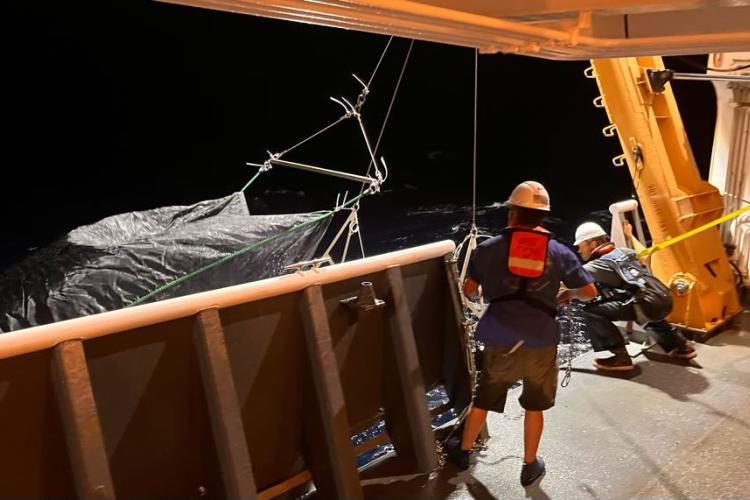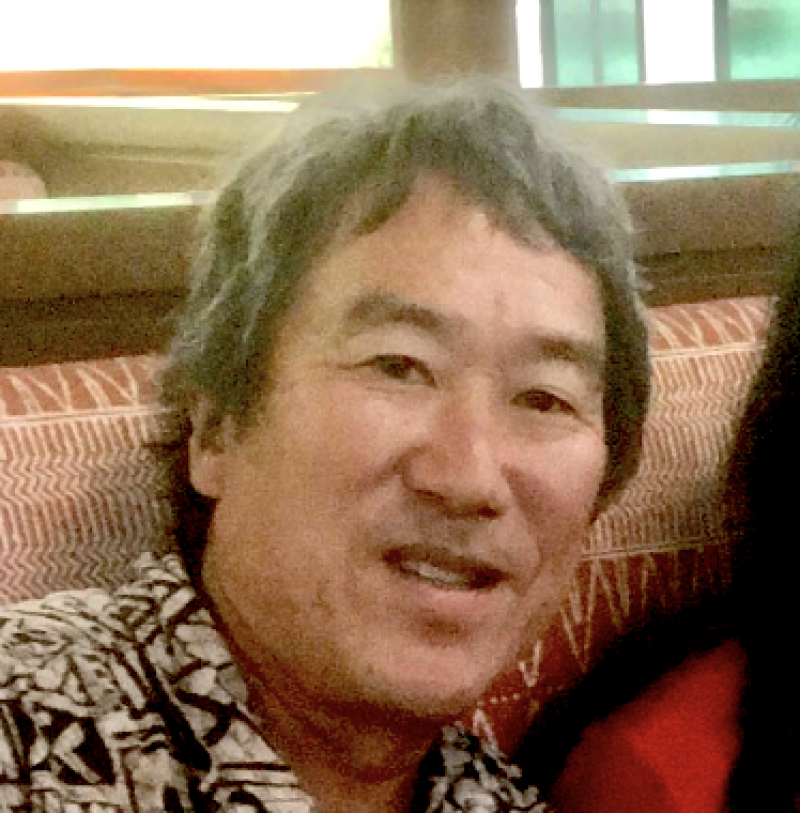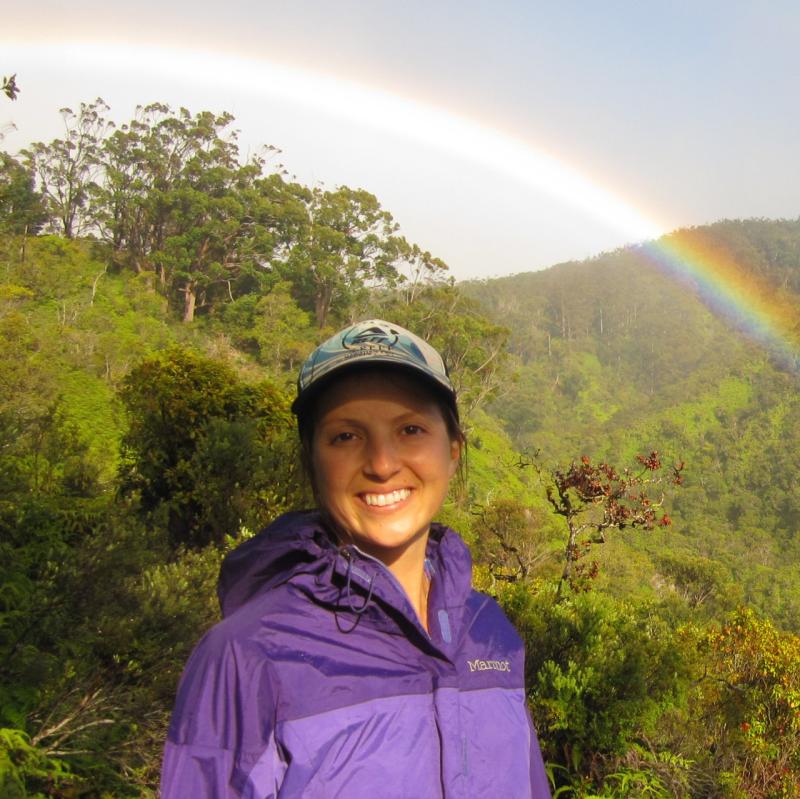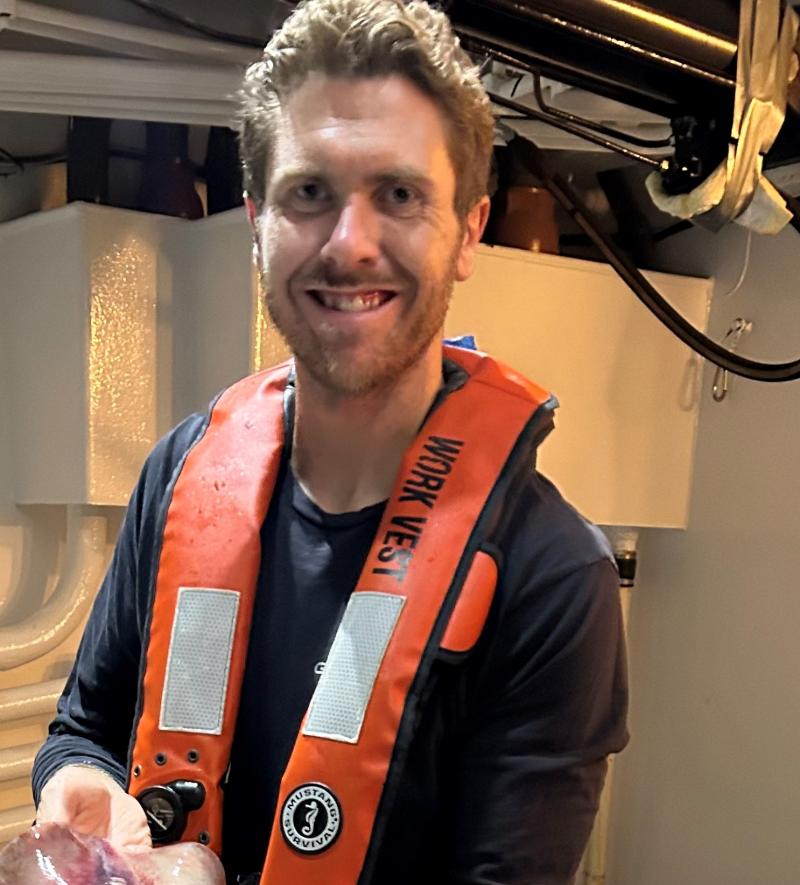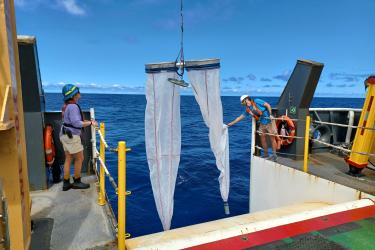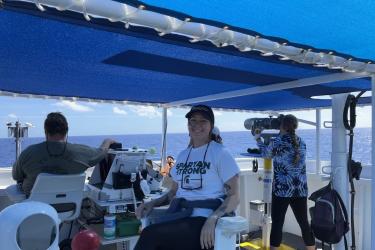The Hawaiian Islands Cetacean and Ecosystem Assessment Survey has some new tag-alongs this year. At night, while other crew members are asleep, a subsurface ecosystem team is busy collecting plankton. Though tiny in size, plankton can provide us with a large amount of information needed to better understand distribution of important fish species, their reproduction, and how to best care for future populations.
Adrift at Sea
Plankton consist of all the tiny creatures that don't have much control over their location; they drift along in the ocean, being carried by tides and currents. Often unnoticed, this microscopic community is rich in diversity. While some species may stay a part of the plankton community for their entire lives, some are only considered plankton in their earliest stages of life until they grow larger and can navigate the ocean on their own. A patch of open water may have everything from baby ‘ahi to baby uhu, mixed in with all sorts of tiny crustaceans and squid.
Most fish and invertebrates in the ocean reproduce by broadcast spawning, releasing thousands of eggs into the water, where they hatch and begin to grow. When hatched they enter the larval life stage, these fish are hardly visible to the naked eye and look nothing like their adult form. When ʻahi hatch, they are merely a few millimeters—you could fit a few of them on your pinkie finger nail. Those same tiny larvae may grow up to be a 200 pound fish! ʻŪʻū have a long spine on the front of their head when they are larvae, thought to help make them more difficult to eat by predators. The spine disappears as they grow and move from the open ocean to the reefs, where we regularly see them while diving and fishing.
The samples we are collecting span a number of bioculturally (important for Native Hawaiian culture and ecosystems) and commercially important species, including:
- Mahimahi (dolphinfish)
- ʻAhi (yellowfin and bigeye tuna)
- Aku (skipjack tuna)
- Ono (wahoo)
- Aʻu (marlin)
- Uku (green jobfish)
- Uhu (parrotfish)
- ʻŪʻū (menpachi/soldierfish)
This is the first ichthyoplankton survey of this kind throughout the full range of Kō Hawaiʻi Pae ʻĀina (Hawaiian Archipelago), including the Papahānaumokuākea Marine National Monument. These samples provide an opportunity to characterize different spawning locations for species that are of particular commercial and cultural importance. Much of that work will be done while on land, pulling each individual fish larva from the samples and identifying them as best we can. The data is useful not only for identifying where these larvae are and spawning likely occurs, but also for understanding the plankton community where these larvae reside. This includes what other fish larvae they are associated with and what food they may be relying on at these early stages. We hope this can serve as a start to more work on larval fish throughout Hawai‘i and to eventually use their abundance to indicate changes in spawning of these important fish.
Working the Night Shift
Sundown may be the end of most working days, but it's the start of ours. This minimizes interference with whale and dolphin observations during daylight hours and maximizes the efficiency of our sampling gear. The sampling gear is a plankton net, which is made of fine mesh (<1 mm) that allows us to gather these small creatures. Sampling at night increases the catchability of later stage larvae (larvae in the range of 5–10 mm). The later stage larvae phase of many of these species are not well understood.
The plankton net is towed through the water along the side of the ship. After bringing it back on to the ship, we hose it down in an effort to move any caught plankton samples into a bucket attached to the end of the net, called a “cod end.” We then bring the sample into the shipboard lab, and use a microscope to count and identify individual larvae. This ultimately lets us know if this or nearby areas are where these important species are being spawned.
Through this work, we’re uncovering where different species spawn throughout the region, and if certain areas and features are spawning hotspots or nursery grounds for the young. What is even more remarkable is that we can see all of these species in the same sample! The closeness of open ocean environments to the shoreline is just one of many very special features of Pacific Island ecosystems like that of Hawaiʻi.
An Ongoing Privilege and Responsibility
It is a privilege to be able to sample and learn more about these plankton communities in Hawaiian waters. As such, it is our kuleana (responsibility/privilege) to interact with the ocean in a pono (appropriate/ethical) way before beginning our work. In preparation, we were fortunate to work with and be guided by cultural experts, such as Kanoe Morishige, Native Hawaiian Specialist with the Papahānaumokuākea Marine National Monument. Our team begins each working day by presenting ourselves and our intentions in a respectful way to the ocean with an oli (chant) to give our hā (breath) as a small return for the knowledge we are able to receive. Actions like these serve as our daily reminder to kilo (observe/notice) our surroundings and take in the many gifts and insights the ocean can provide, all while giving something back in return. While much work remains to be done in ensuring fisheries science research is performed in a pono way in Hawai‘i, we hope to build upon our humble start.
Participating in the Hawaiian Islands Cetacean and Ecosystem Assessment Survey gives us the opportunity to better understand how these plankton communities vary throughout Kō Hawaiʻi Pae ʻĀina. This truly remarkable plankton community is one that we are just beginning to understand in greater detail.
See us in action during the night shift and learn more about the survey on our map tour!
